Sayil means "place of the leaf-cutter ants" in Mayan. The site is from the late Classic period and at that time covered an area of three square miles. The city is unusual for its location amid several steep hills, however, from the hills it is possible to see the sacbe's that link various building clusters making it possible to imagine the old city as it was laid out. Sayil contains altars, stelae and the ruined foundations of thousands of smaller structures. Sayil also has a ball-court and several small palaces.
Sayil is thought to have reached its peak between 700 to 1000 C.E., because of the closeness to Uxmal it is thought the two were ligned to some degree. Sayil's downfall appears to have been rapid and the city may have been destroyed by the powerful and warlike Chichén Itzá.
Sayil is noteworthy because of the The Great Palace with its three stepped positions. It is one of the most beautiful of all Maya structures. This palace is almost as imposing and lovely as the Governor's palace and the Nunnery in Uxmal. Its the most important building in Sayil and its lengthy form of three levels contains 98 rooms. The main facade faces south near where one sacbé begins. The second floor shows the most detail of the three levels contains two corridors. Only one, almost in ruins is found within each of the other levels. A large stairway leads from the ground to each of the three floors. The roof of the first and second floors also serve as terraces, since each level is recessed. The walls of the second story are decorated with columns and with Chaac masks. The walls also show sculptures of the Gods. On the third tier is found the date 730 C.E.
Another important structure in Sayil is the Lookout, dating between 500 and 900 C.E., is a small square temple with five rooms. The high roof comb, a derivative of the Chenes architectural style, was originally used in the Peten of Guatemala and later in Tikal. Used here in early Puuc, it would be seen years later in other cities of this area. While Sayil is one of the smaller sites it is definitely worth a visit if not for its unique location then for the beauty of its preservation and fine detail in its art.

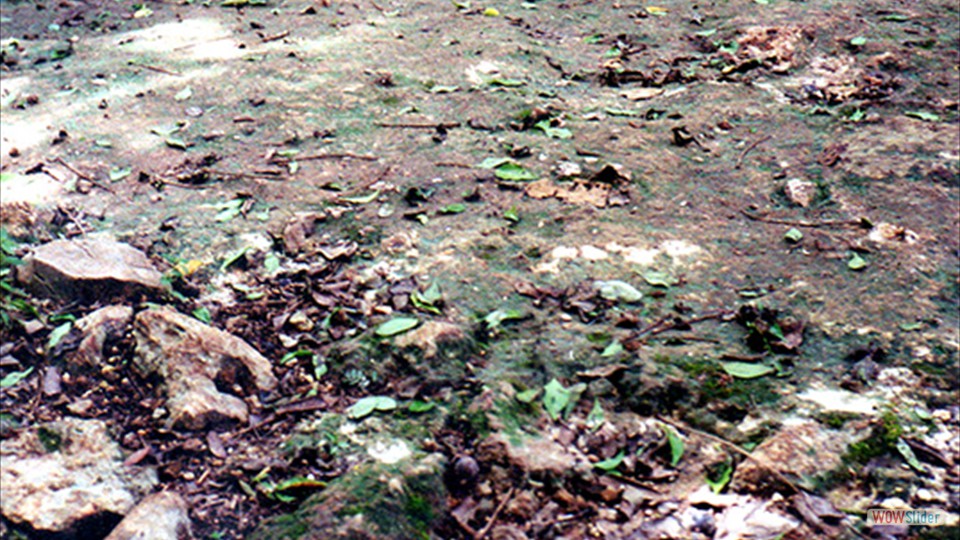
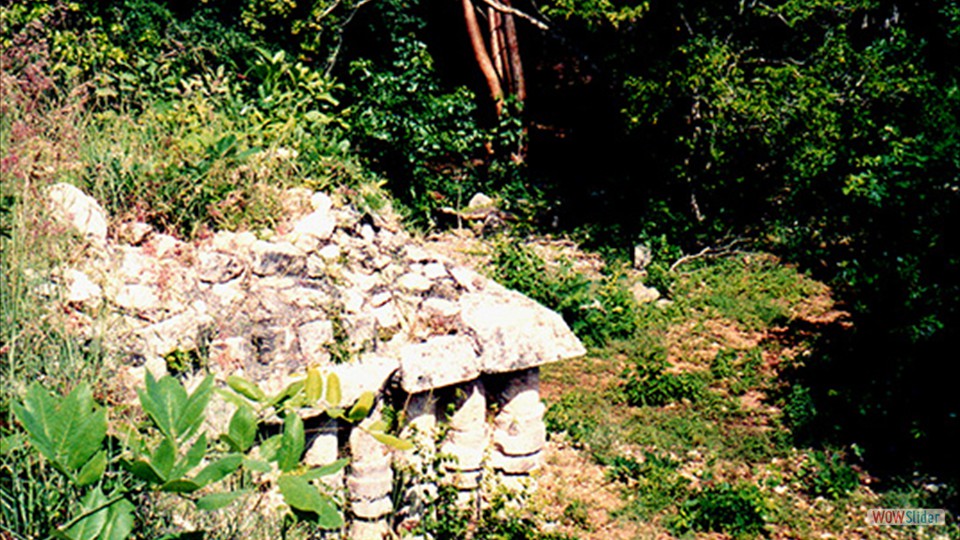
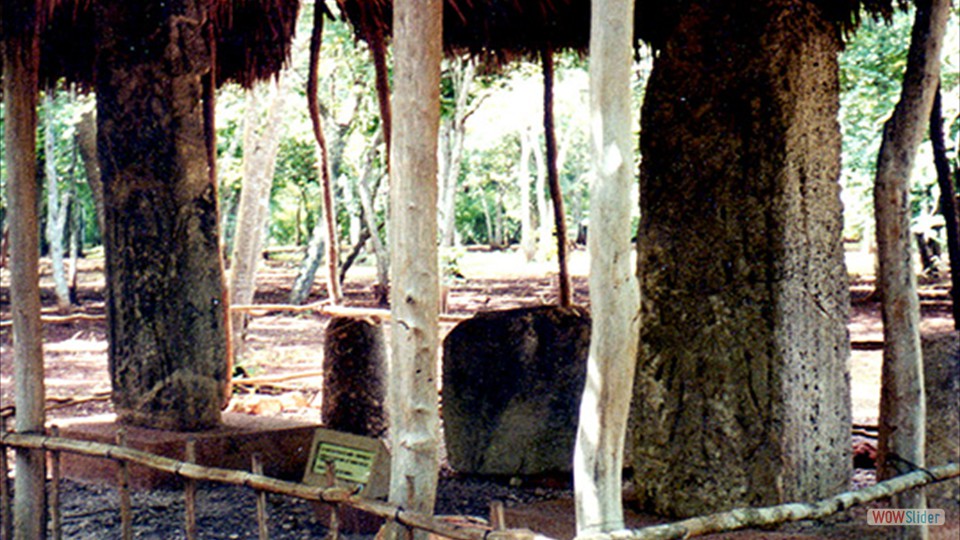
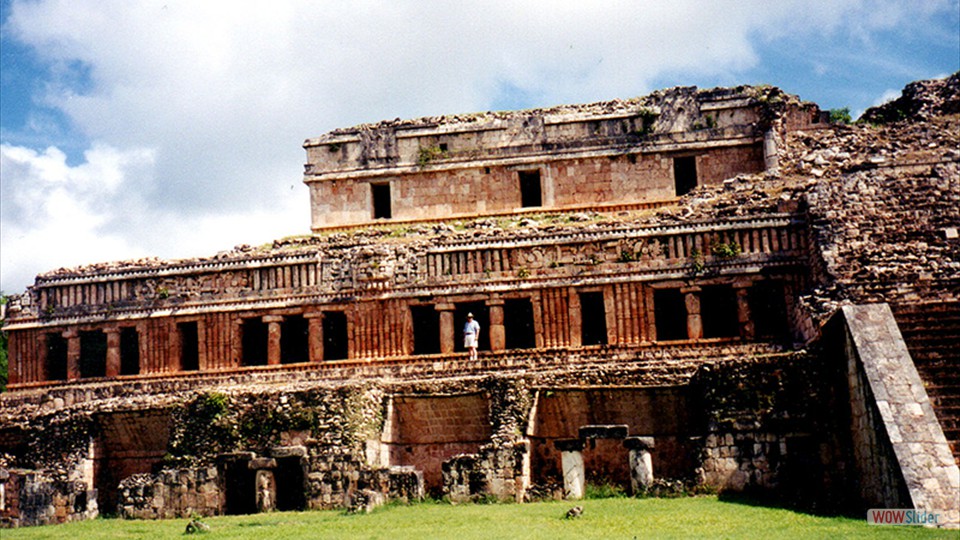
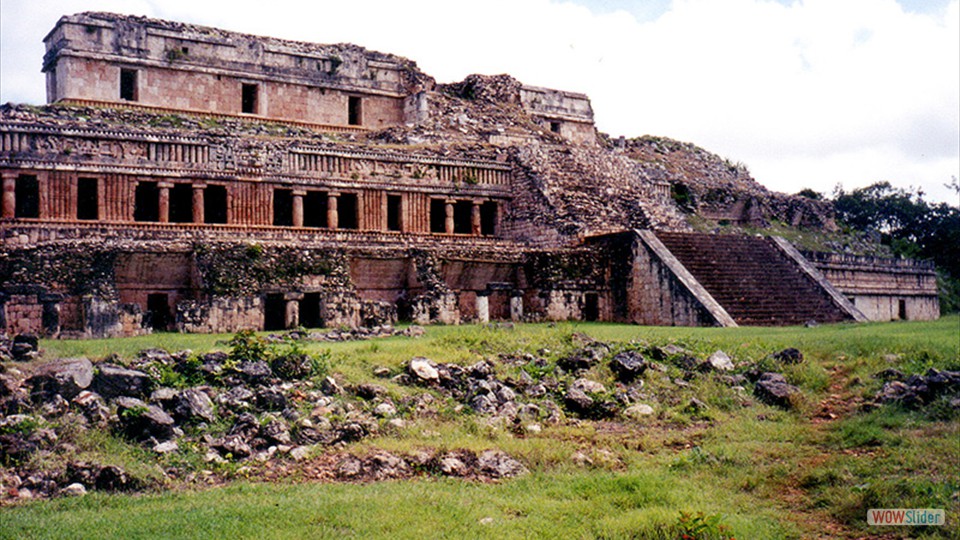
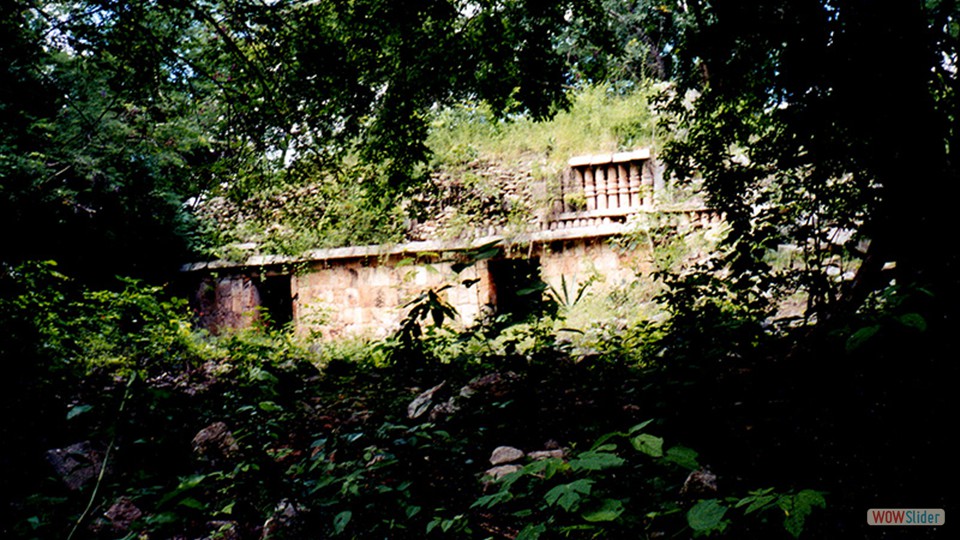
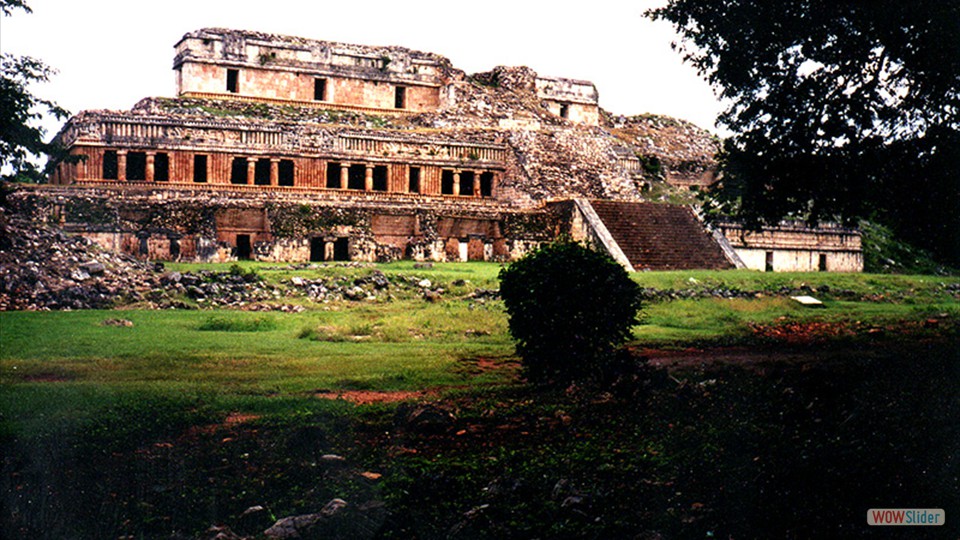
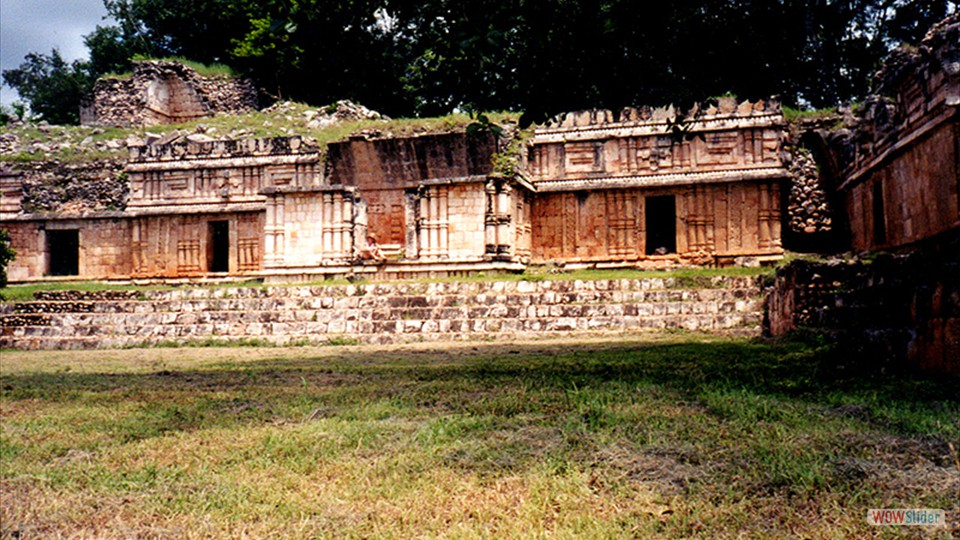
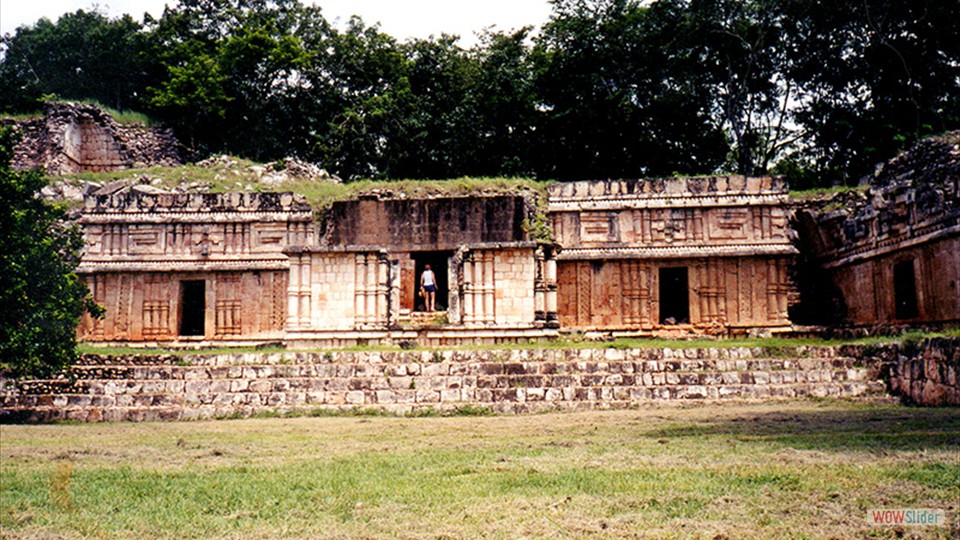
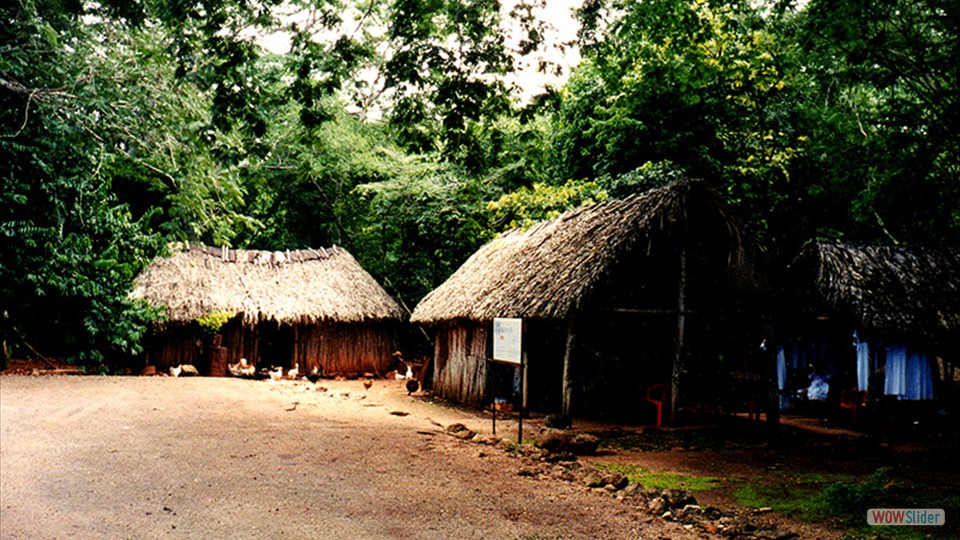
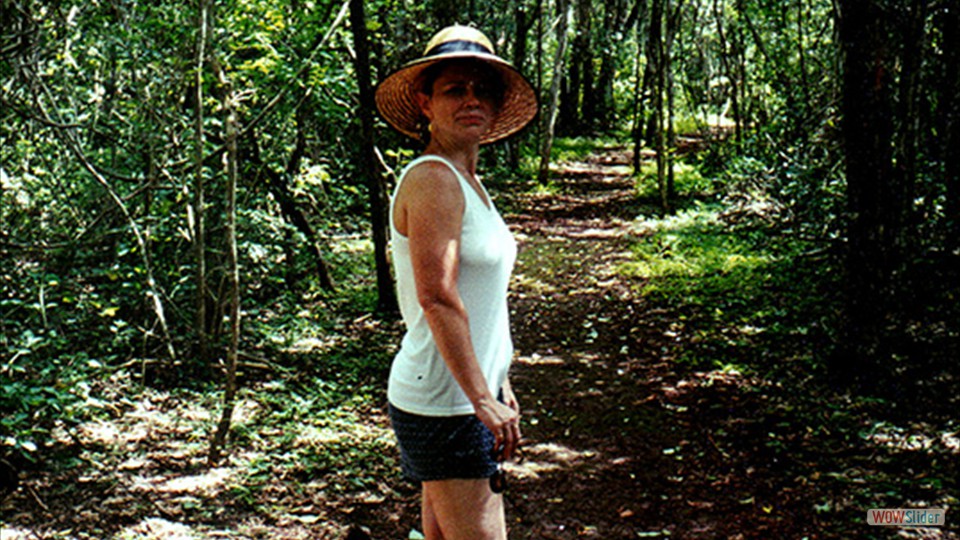
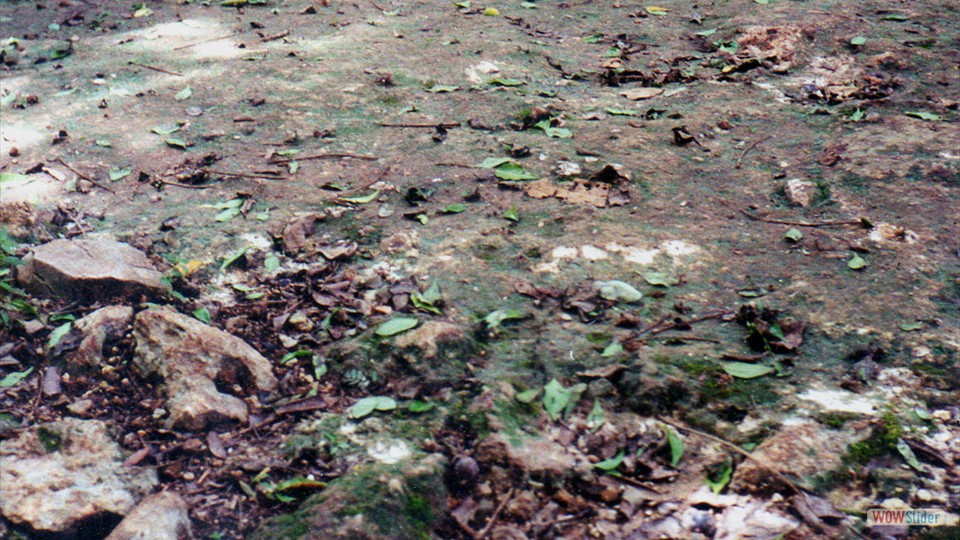
 1
1 2
2 3
3 4
4 5
5 6
6 7
7 8
8 9
9 10
10 11
11 12
12